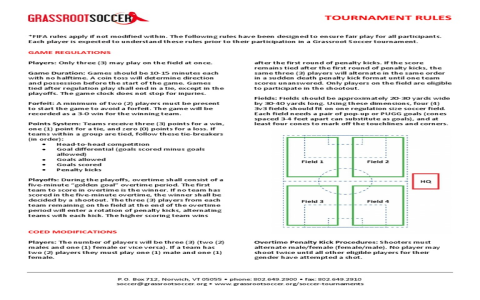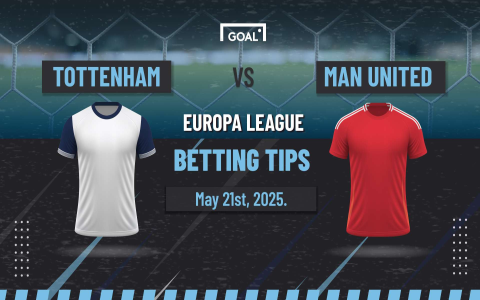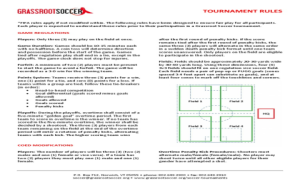Alright so today I got this random question stuck in my head after watching my kid’s practice. How many players actually make a proper soccer team? Sounds simple, right? But man, turns out it ain’t that straightforward. Figured I’d dig into it properly.
The Basic Starting Point
Grabbed the official rulebook – the big FIFA one everyone talks about. Flipped straight to Law 3. Boom. 11 players per side. That includes one goalkeeper. Cool, that’s what I always thought. High school, pro games on TV, mostly 11 vs 11. Done? Nope.
Where Things Get Messy
Remembered watching my nephew play indoors last winter. That was chaos. Tiny field, boards everywhere, way fewer kids running around. Couldn’t be 11. Pulled up the local indoor league rules online. Yep. 6 players a side total, including the goalie. Five runners plus one keeper. Totally different animal. Needed way less space.

Then it hit me – little kids. My daughter started when she was like 5. No way they throw 11 toddlers on a field. That’d be madness. Checked her old league pamphlets:
- Tiny Tots (U6): Usually 3 vs 3. Sometimes 4v4. No goalie. Just pure running and kicking.
- Under 8s: Jumped to 5 vs 5. Maybe a keeper, maybe not.
- Under 10s: Often 7 vs 7. Now you finally get a proper keeper.
- Under 12s: Sometimes 9 vs 9. Still not the full 11.
Other Curveballs
Got curious. What about beach soccer? Saw some highlights once. Looked wild. Quick research: 5 players per team, including the goalie. Crazy small squads.
Then there’s this thing called Futsal. Hardcourt, like basketball but soccer rules-ish. FIFA’s own Futsal laws say: 5 players per side, including the keeper.
The Big “Why So Many Variations?”
It boils down to three things:
- Space: Got a giant field? Use 11. Got a gym? Use 5.
- Age/Skill: Little kids can’t handle 11 positions. Fewer players = more touches, less confusion.
- The “Feel”: Want fast, high-scoring? Smaller teams force more action. Bigger teams allow more strategy.
What About Substitutes?
Oh, that’s another can of worms. Totally depends on the competition.
- FIFA official matches? Usually 3 subs allowed. Names on a list before kick-off.
- Kids leagues? Often “rolling subs” – kiddo comes off, breathes, goes back on. Sometimes unlimited swaps.
- Some lower-tier adult leagues? Let you name like 5-7 subs and use 3 or 4 during the game.
No universal number! You gotta check the specific league rules. Always.
The Reality Check
Bottom line? 11 is the classic number you see on TV. But step off the pro pitch, and all bets are off. 3v3 toddler mayhem? Yep. 7v7 for pre-teens? Common. 5v5 indoor madness? Absolutely normal. Don’t assume! Always ask “what are the rules here?”
Made a quick cheat sheet for myself after figuring all this out:
- World Cup Style (FIFA Standard): 11 players (10 + keeper)
- Indoor Arena League: Usually 6 players (5 + keeper)
- Futsal/Beach Soccer: 5 players (4 + keeper)
- Small Kids Leagues (U6-U8): 3v3, 4v4, or 5v5 (often no keeper)
- Older Kids Leagues (U9-U12): 7v7 or 9v9 (keeper included)
Whew. Thought it was simple. Wrong again! Soccer rules are like onions… layers, man. Lots of layers.













